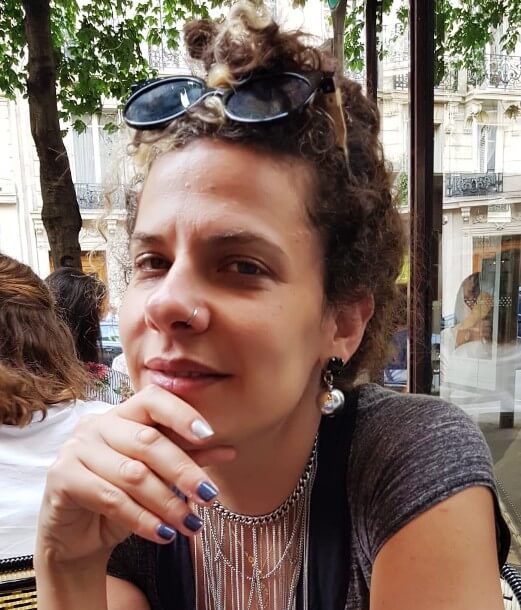As both the amount of acquired data and the power of computers continue to increase exponentially, there is a natural demand for higher exploration precision. Acknowledging the complexity and richness of subsurface media properties is one way to attain accurate modeling and imaging.
In the past, analyses performed using traverse (vertical, horizontal, and tilted) or even full isotropy assumptions, were the norm. Today, however, these seem to be insufficient in many scenarios, mainly when exploring fractured systems within shale/sand layers or systems with other structural/material properties that induce azimuthal dependencies. In such cases, approximation assumptions become invalid, and more parameters are needed to describe the subsurface.
The recent Paradigm 18 release from Emerson E&P Software, offers an enhanced orthorhombic workflow that enables highest-precision velocity modeling.
This level of precision results from the use of up to nine parameters (P and S vertical velocities, 5 Tsvankin anisotropy parameters, and an azimuthal orientation) to describe subsurface elastic properties. These are further updated and refined throughout the analysis process.
The iterative orthorhombic inversion workflow comprises a number of steps:
- Selection of residual moveouts from migrated EarthStudy 360 reflection angle gathers that exhibit high-sensitivity azimuthal variations
- Fitting them into an analytical orthorhombic traveltime equation to find effective parameters
- Performance of a generalized inverse Dix transformation, resulting in interval orthorhombic parameters of the subsurface medium
- Running an orthorhombic EarthStudy 360 migration
As the analysis detailed above uses fewer approximative assumptions, the input model to the orthorhombic migration better represents the complexity of the actual subsurface, resulting in flatter gathers and an image of the highest possible quality.

Full-azimuth reflection angle gathers (field data) after VTI migration (left) and after full orthorhombic migration (right). The orthorhombic layer at 4200 ft is flat.
Gali Dekel is the Emerson E&P Software Product Manager for GeoDepth and EarthStudy 360. She has worked for six years as a scientific developer and researcher in the company’s Processing & Imaging division. Gali holds a PhD in Physics from Tel-Aviv University.
From Jim: Learn more about ways to optimize oil & gas exploration and production efforts in the Exploration & Production Software Solutions web site and/or connect and interact with oil & gas industry experts at the Oct 1-5 Emerson Exchange conference in San Antonio, Texas.





